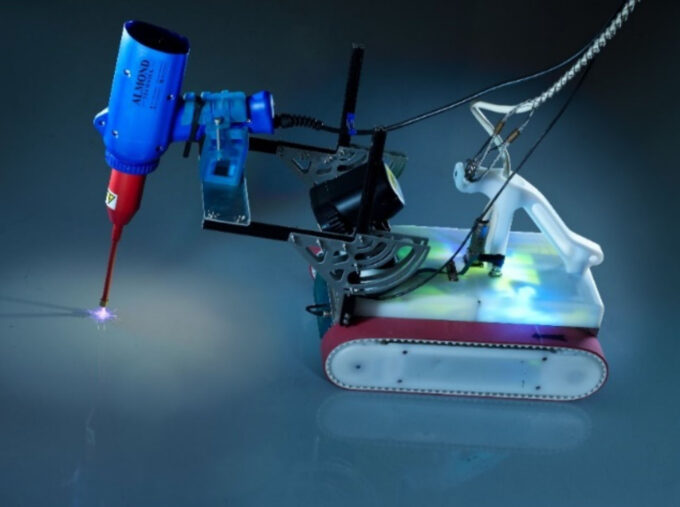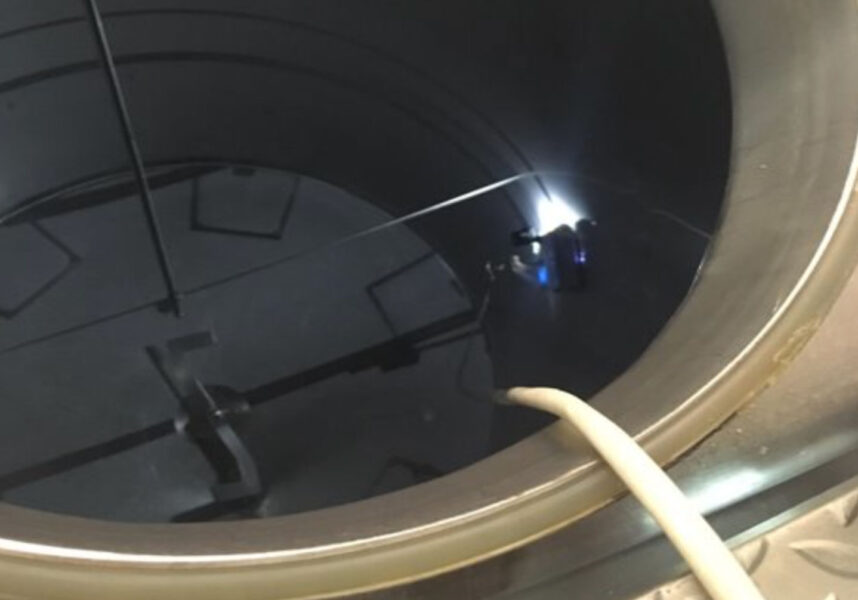0913 888 247 (Call, SMS, Zalo, Viber)
-
About Us
-
About Dong Loi
Dong Loi Equipment & Services Corporation, established in 2002 in Ho Chi Minh City with branches in Dong Nai and Ha Noi, is a leading provider of technical services, industrial, construction and mining equipment.
-
Tuyển dụng
-
About Dong Loi
- Product
- Application
-
News
-
Activities
-
Tin chuyên ngành
Our Partner are: Leister - Swichtzeland, SkyJack - Canada, Bobcat - USA, Furukawa - Japan, ...
-
New Products
-
Technical Information
-
Activities
- Contact Us












